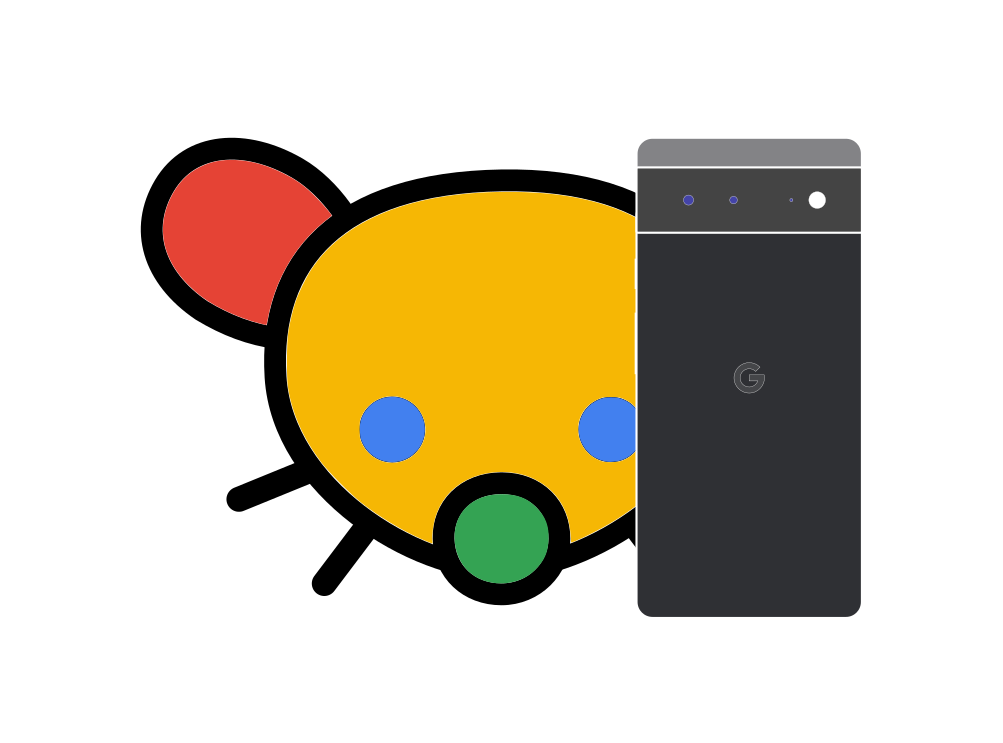

Before Steam (esp. right before Steam) it was common for a disc to have nothing but a 100mb installer that attempted to download the game, or an actual game build so buggy that you were forced to download patches that required you to be online.
Prior to this, games came with serial numbers and needed to be activated online. This made reselling PC games no longer a thing as you needed to trust who you were buying the game from.
In both cases, the physical disc was yours, but it was pretty useless. It wasn’t the game, but also was required to play the game.
Before that, we had truly resellable DRM: “Enter the 3rd word on the 20th page of the manual 🤣”.






I vaguely remember having on the order of 5mbps “broadband” when Steam worn me down enough for me to give it a shot over the alternatives 🙄. It was pretty bad at first, but it worked. But maybe broadband adoption was more of a thing in Canada back then.